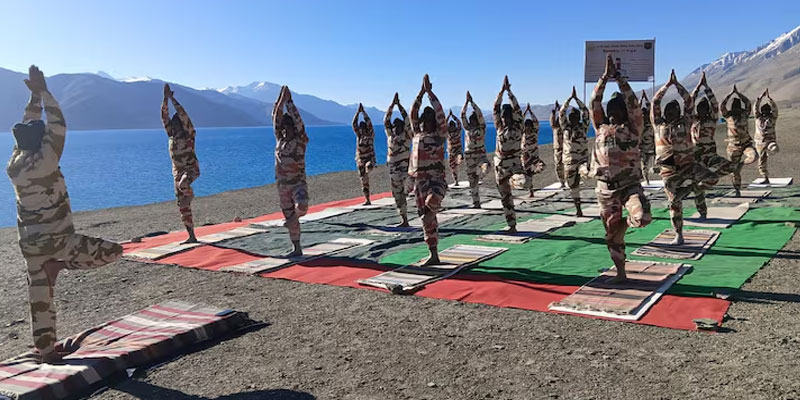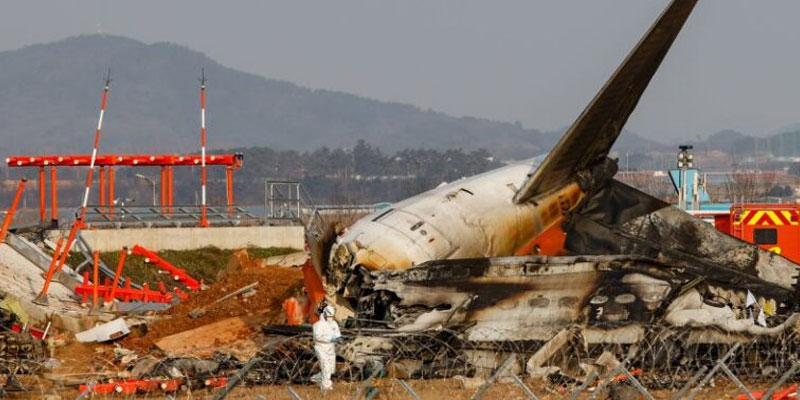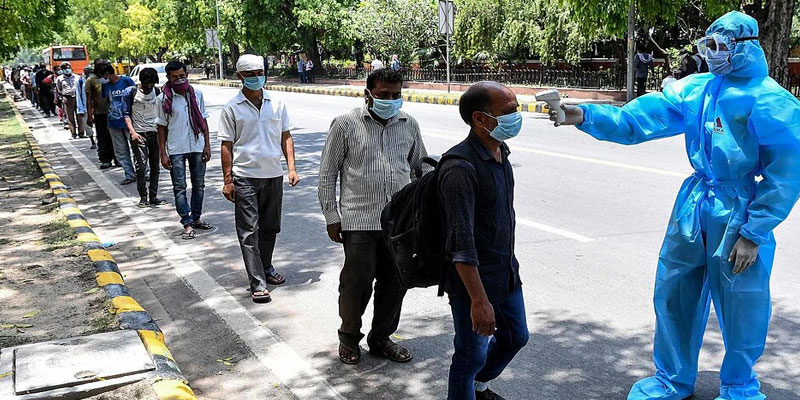The Beginning of the End: Operation Black Forest
In what is being hailed as a landmark moment in India’s decades-long fight against Naxalism, the Central Reserve Police Force (CRPF) chief GP Singh has termed Operation Black Forest as the “beginning of the end of Left-Wing extremism.” Conducted over 21 days in the treacherous terrain of the Karregattalu Hills along the Chhattisgarh-Telangana border, the operation marks the largest-ever anti-Naxal offensive in Indian history.
With the involvement of approximately 26,000 personnel from both central and state forces, the mission culminated on May 11 with the successful recapture of territory that had remained a Maoist stronghold for years. The area was once under the exclusive control of the insurgents — a symbol of their territorial dominance and operational strength. The operation has dealt a critical blow to the Maoist infrastructure, dismantling fortified zones and disrupting command chains.
Amit Shah’s Deadline: A National Resolve to End Naxalism
Union Home Minister Amit Shah has drawn a bold line in the sand — March 31, 2026. This date marks the deadline he has set for the complete eradication of Naxalism from India. Shah’s firm stance reflects a strategic and political will not only to suppress insurgency but to reclaim socio-political normalcy in the affected regions.
His vision is being realized through an intensified, multi-state offensive that goes beyond battlefield victories. It is also a psychological war — to break the morale of insurgents and prevent regrouping efforts. With coordinated efforts across Chhattisgarh, Odisha, Jharkhand, Bihar, and Maharashtra, the Centre is orchestrating a comprehensive strategy: overwhelm, isolate, and eliminate.
Strategic Disruption and Maoist Losses
Operation Black Forest has not only inflicted human losses — with an estimated 40–45 Maoist casualties including senior cadre leaders — but has also ruptured their organizational framework. The forces have successfully disbanded some of the strongest Maoist military units, fracturing them into disjointed, vulnerable clusters. This fragmentation means Maoist operatives are now dispersed in small, hiding units, making regrouping significantly harder.
The operation’s impact extends deep into Maoist psyche and logistics. Intelligence reports indicate a high level of desperation within the ranks, with repeated appeals by the CPI (Maoist) for ceasefire and talks — a rare occurrence that signals weakness and uncertainty.
Sustained Pressure and the Road Ahead
While Operation Black Forest marks a major victory, officials stress that it is part of a larger, continuous campaign. Security forces are now launching smaller, intelligence-driven pursuits targeting residual Maoist elements across remote forest belts and border zones. The goal is clear: deny the Maoists any chance to regroup or reclaim territory.
By maintaining relentless pressure, the forces aim to reduce the insurgents’ options to just two: surrender or be neutralized. Simultaneously, development initiatives and community outreach programs are being promoted to fill the governance vacuum that often fuels extremism.
A Tipping Point in the Anti-Naxal War
Operation Black Forest stands as a strategic and symbolic turning point in India's long-standing struggle against Left-Wing Extremism. With high-level coordination, political resolve, and relentless security action, the movement is being steadily cornered into irrelevance.
As the 2026 deadline draws near, the focus will remain on sustained operations, proactive intelligence, and inclusive development. If current momentum continues, India may finally close a turbulent chapter that has long threatened its internal peace and progress.
(With inputs from agencies)





















